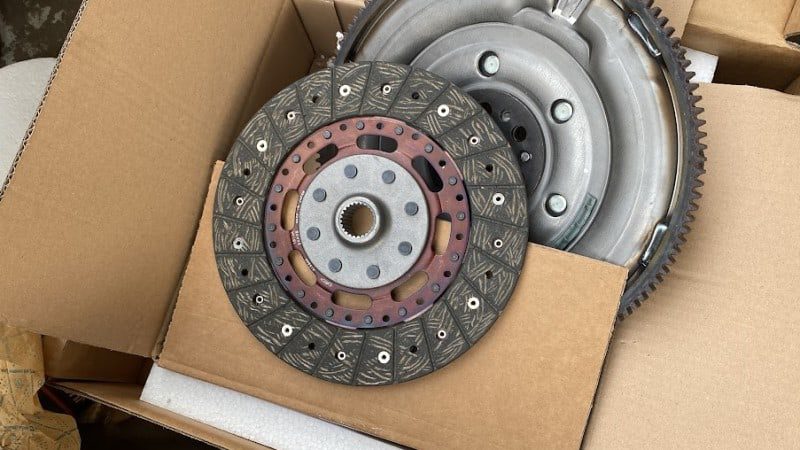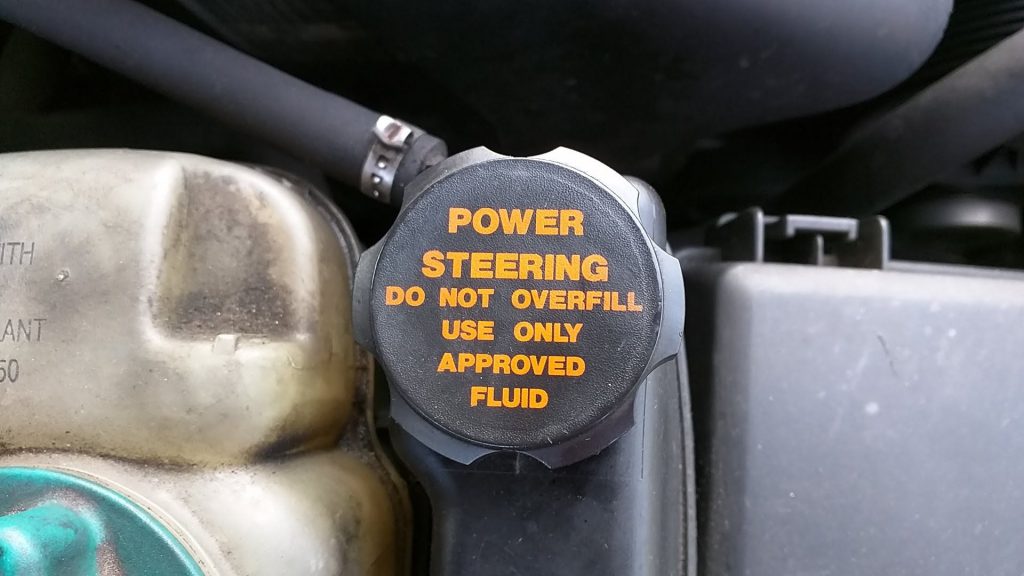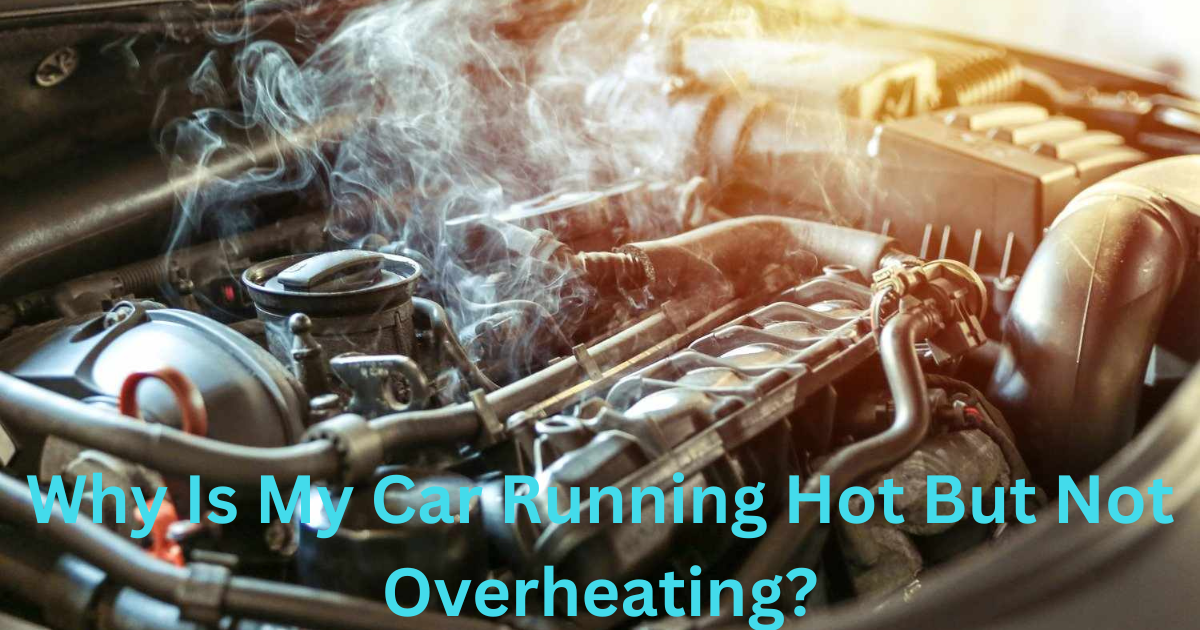We frequently find air trapped in the hydraulic fluid used in our clutch system. The clutch will become unpressurized as a result. The only practical way to fix this issue is to drain the clutch. After multiple bleeding episodes, I have encountered clutches without pressure.
Why is my clutch not building pressure?
Assumption number one: our clutch only loses pressure when bleeding is necessary. That’s why after bleeding the clutch pedal, most people are unhappy to find that it still doesn’t have any pressure. If you’re still perplexed about why my clutch remains unresponsive even after bleeding, consider the following:
Incorrect bleeding, clutch fluid leaks, a defective slave cylinder, problems with the throw-out bearing, or a malfunctioning clutch master cylinder are the most common causes of a clutch that does not exert pressure following bleeding. Recognizing and fixing the root causes is the only way to restore pressure.
Now that we know what might be causing the system to experience no pressure, let’s examine these potential causes in detail.
Incorrect bleeding
If your clutch isn’t pressing down but is returning pressure, improper bleeding is likely to blame. Actually, not everyone is familiar with the proper way to bleed a clutch. You might still need to experiment a little, even with the best instructions. You’re not alone.
Reading a book won’t teach you to ride a bike. Making it a habit is essential. Although this principle isn’t applicable in every situation, if you’ve never bled a clutch before, you must adhere rigidly to the method your vehicle’s manufacturer recommends. Failure to do so may lead to an unsatisfactory outcome.
Clutch fluid leaks

No pressure in the clutch after bleeding the system is often caused by a fluid leak. Restoring pressure to the clutch will not be possible if there is a leak in the system. Identifying and fixing the source of the leak is necessary prior to bleeding the clutch. To answer your question, “Why isn’t my clutch building pressure?” it’s possible that a leak is present in the system.
The faulty clutch slave cylinder
You should check the clutch slave cylinder for any signs of malfunction. Not once, but twice, has this happened to me. A new clutch slave cylinder is usually all that’s needed. Clutch slave cylinder defects are typically more easily identified by the presence of fluid leakage.
Even if there is no leakage, this clutch component can fail. Clutch pressure will be absent in each of these instances. If the pressure is escaping from your clutch, it means there is no leak. To make sure it’s still acceptable, check the clutch slave cylinder.
Issues with the master cylinder
The master clutch cylinder is a crucial part of the clutch system, as its name suggests. It takes the mechanical force of the clutch pedal and turns it into the hydraulic pressure that the clutch needs to work properly. A pin attaches it to the pedal that controls the clutch.
Clutch pressure is compromised in the event of a master cylinder failure or leak. The pressure will not be restored by bleeding the clutch in this instance.
Low clutch fluid
As I mentioned before, the clutch master cylinder is responsible for translating the pedal’s motion into hydraulic pressure. The clutch fluid is responsible for this.
Low or nonexistent pedal pressure can be caused by an empty fluid reservoir located atop the master cylinder. Maybe you forgot to add more fluid before, during, or after bleeding the clutch. When the reservoir is empty, the clutch pedal remains flat on the floor since there is no pressure to move it.

Entire clutch failure
Clutch failure to retain depressed pressure could be caused by damage to the throwout bearing, clutch plate, or disc. Remember that all parts of the clutch system are interdependent. If you ignore a broken part for too long, it could compromise other parts of the system.
If you neglect to replace a worn clutch plate at the recommended intervals, the disc will eventually wear out.
Since we now know why the clutch pedal loses pressure when bleeding, we can move on to the next step: restoring that pressure.
How to fix if there is no pressure in the clutch after bleeding
You now know that there are multiple causes of clutch pressure loss following bleeding. Finding and fixing the problem’s source is the best method to fix it. To resolve the issue, you will require at least one of the following.
Top the clutch fluid
To see how much fluid is in the reservoir, open it. The problem’s origin is in the fluid level, which is considered to be below the minimal line. Rebleeding the clutch and topping up the fluid are the only other steps required.
Bleed the clutch properly
Rebleeding the clutch is your only option if you bled it incorrectly. And you have to succeed this time. The issue will persist in the absence of this.
Turning off the bleeding clutch cap? You shouldn’t be concerned if this is what you’re thinking. Whether you’re wearing or not, you can bleed the clutch. But if you want to see how much fluid is coming out while you bleed, take off the cap.
Replace the slave and the master cylinder
Verify that the slave cylinder is functioning correctly. Fix things up by swapping out the broken components. I think you’d get better results if you changed the complete unit, though.
Verify the master cylinder is in good working order. See if there are any leaks nearby, or have a professional mechanic to take a look. Pressure loss can be caused by even the tiniest leak in the system.
Check and replace the damaged clutch assembly
Evaluate the clutch assembly and fix any broken parts. In order to examine the clutch assembly, you must first remove the transmission. The issue can be caused by a damaged throw-out bearing, a worn-out clutch disc, a worn-out clutch plate, or both.
If any of these clutch parts are malfunctioning, a trained mechanic should be able to identify it. You should take your vehicle to a repair immediately if you think any of these parts might be malfunctioning. If necessary, they can find the broken component and swap it out.
Conclusion
After bleeding, it’s really unsettling and annoying to have no pressure in the clutch. You will feel completely unprepared to bleed a clutch after going through that. However, your aggravation will subside if you are aware of the probable reasons and the steps to resolve them. Naturally, you will know what the possible causes are and how to fix them if you have read thus far.




